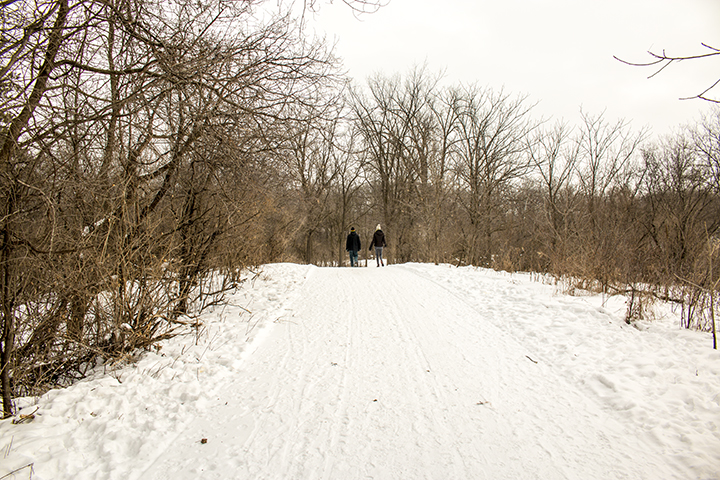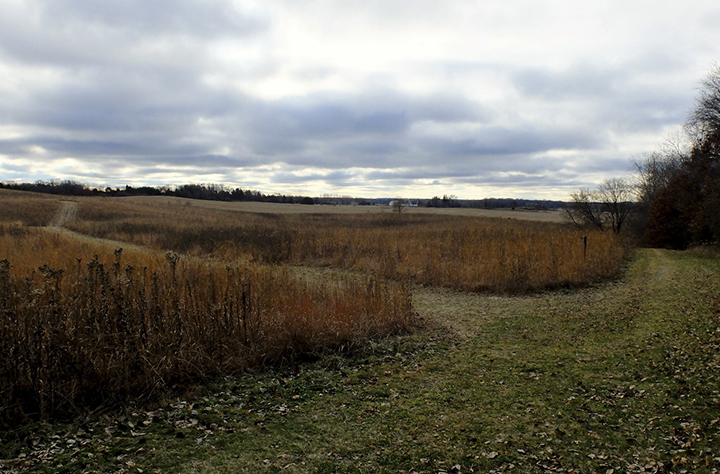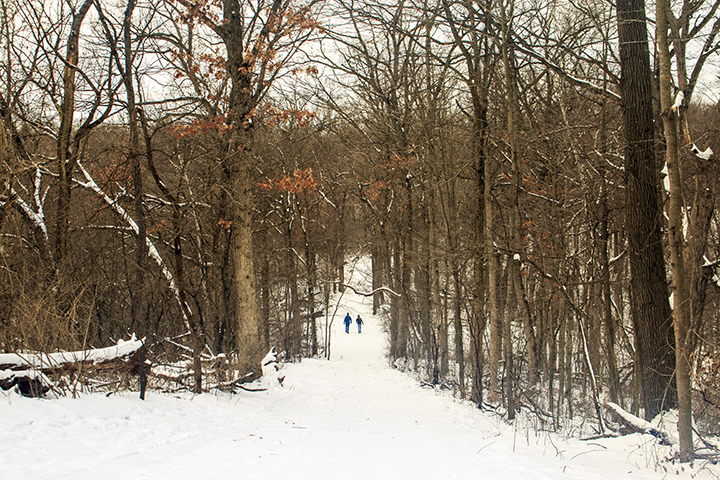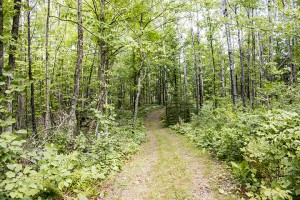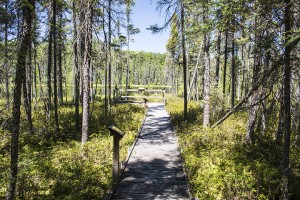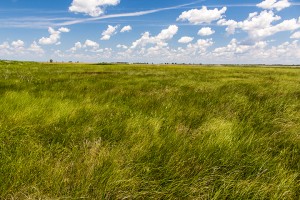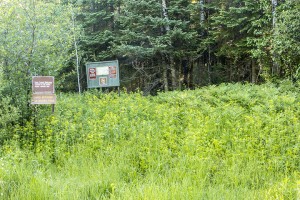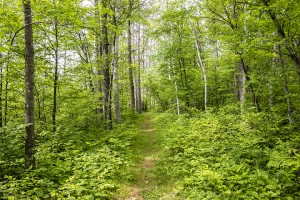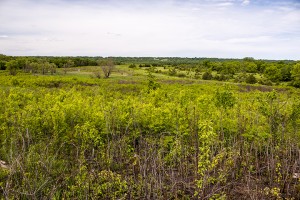The Jack Pine – (Yarrow) Woodland native plant community (NPC) has been assigned the critically imperiled conservation status rank by the Minnesota DNR. A large block of this NPC was identified in southeast Hubbard County. Between 2006 and 2013 about half of the block was timber harvested. The DNR moved to protect what remained of the NPC on November 3, 2014, by designated the site as Badoura Jack Pine Woodland Scientific and Natural Area.
Today, the logged area is being allowed to regenerate to jack pine forest from the seed bank in the ground and from residual jack pines along the edges. A July, 2015 survey of 13 plots in the harvested area found 1,153 jack pine seedlings per acre.
Hill’s thistle, a special concern species in Minnesota, is found here, as well as bluebead lily, goldthread, ladies’ tresses, large cranberry, lowbush blueberry, oval-leaf milkweed, pipsissewa, and wintergreen.
http://minnesotaseasons.com/Destinations/Badoura_Jack_Pine_Woodland_SNA.html


